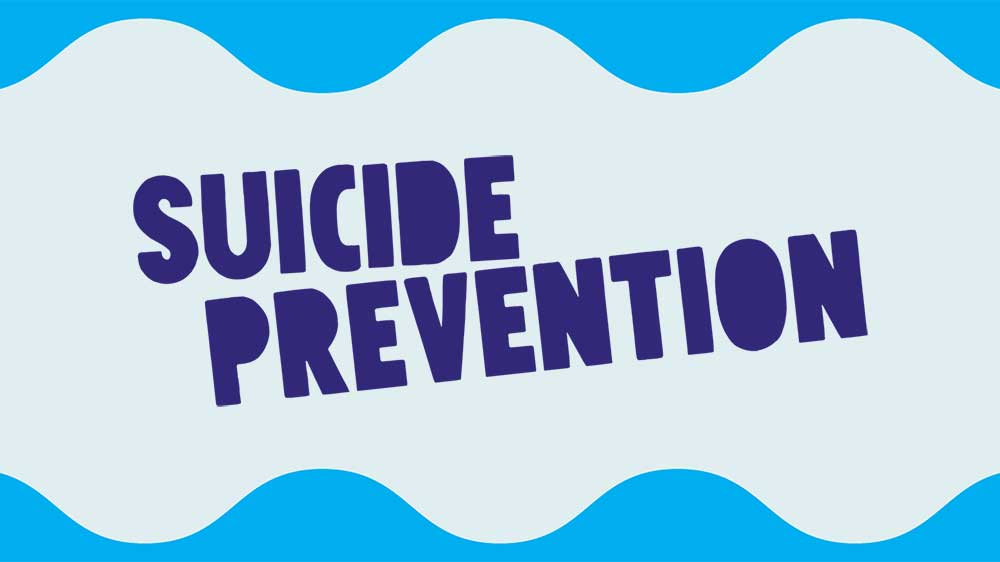September is Suicide Prevention Month: Suicide Facts, Signs & Ways to Help
In May, the U.S. Surgeon General released a report calling loneliness a public health crisis. The findings revealed that poor or insufficient connection could lead to physical health issues such as increased risks of heart disease (29%), stroke (32%) and developing dementia for older adults (50%). Lack of social connection can also lead to increased risk of premature death by more than 60%.
Furthermore, loneliness has been shown to be among the strongest predictors of suicidal ideation, suicide attempts and other suicidal behavior. Each September, the nation turns its focus to this important topic for Suicide Prevention Month, with Sept. 10-16 highlighted this year as Suicide Prevention Week. Below offers facts on suicide and suicidal ideation, signs to watch for and how to help.
The statistics on suicide are both revealing and sobering. Here are a few:
- Suicide is one of the leading causes of death in the United States.
- Suicide is the second-leading cause of death among youth people ages 15 to 24.
- Nearly 20% of high school students have had serious thoughts of suicide.
- 9% of high school students have tried to take their lives by suicide.
- Suicide rates (13.5%) outnumber the homicide rates (7.8%) in the U.S. by nearly 5%.
- 53% of deaths by suicide are due to firearms.
- 9% of deaths by suicide are due to drug poisoning.
With these staggering numbers, how can one know if a relative, friend, classmate, teammate or co-worker is experiencing thoughts of suicide? Look for risk factors, which are characteristics that make it more likely that someone may consider suicide, attempt suicide, or have a death by suicide. These risk factors do not cause suicide but are important to know. They are:
- History of trauma or abuse.
- Major physical illness.
- Previous suicide attempts or family history of suicide.
- Impulsive and/or aggressive tendencies.
- Job or financial loss.
- Behavioral changes such as social isolation, withdrawal, sleeping changes, extreme mood swings.
- Verbalizations of hopelessness, talking about being a burden to others.
- Alcohol and/or drug usage increase.
If any of the risk factors are evident, here are some steps are needed to keep the person experiencing suicidal ideation and anyone involved with them safe:
- Call the National Crisis and Suicide Lifeline at 988.
- Also available to contact are:
- Tennessee Crisis Hotline at 1-855-CRISIS-1 or (1-855-274-7471)
- Tennessee Crisis Text Line by texting TN to 741741.
- Youth Villages Specialized Crisis Hotline at 1-866-791-9222.
- Seek services and resources as needed.
- Receive mental health services regularly for mental health wellness.
- Have compassion and connect to others in a meaningful way.
Dr. Rebekah Lemmons is the Managing Director of Clinical Services for Youth Villages. Founded in 1986, Youth Villages is a national leader in children’s mental and behavioral health committed to building strong families, delivering effective services, and significantly improving outcomes for children, families and young people involved in child welfare and juvenile justice systems across the country.


